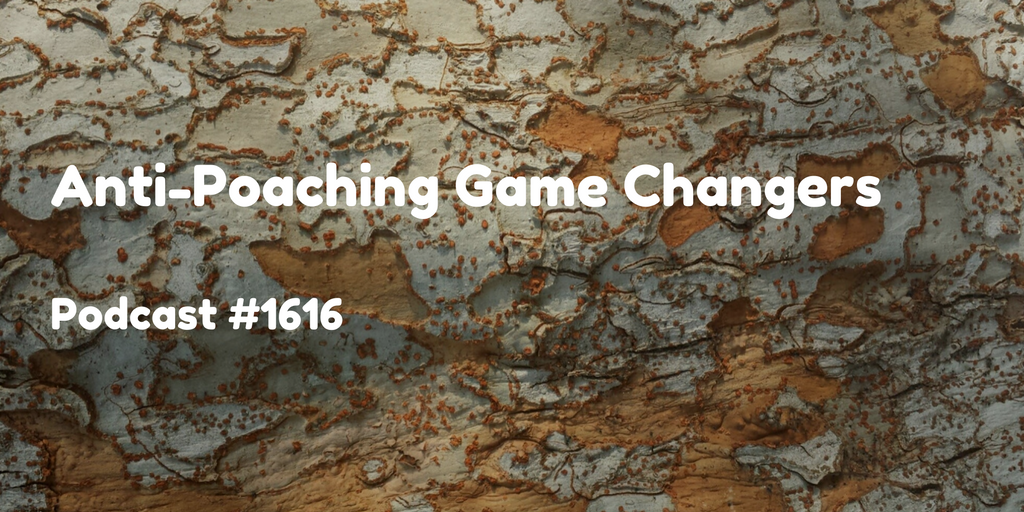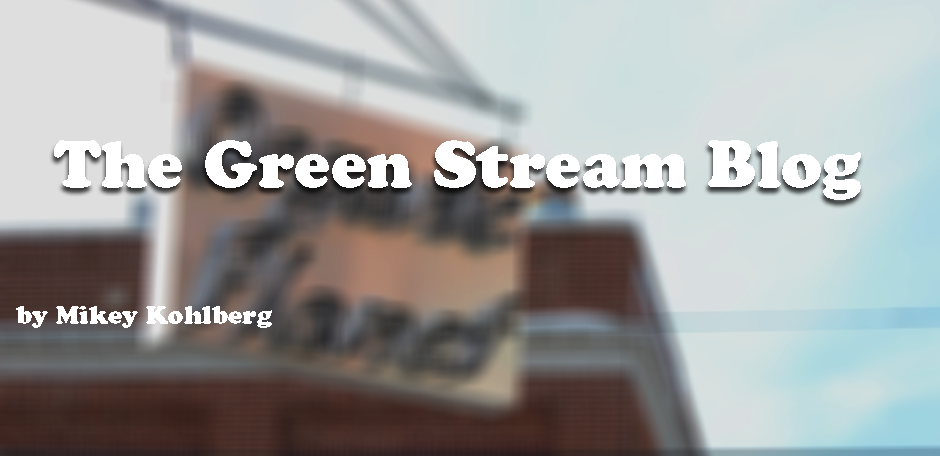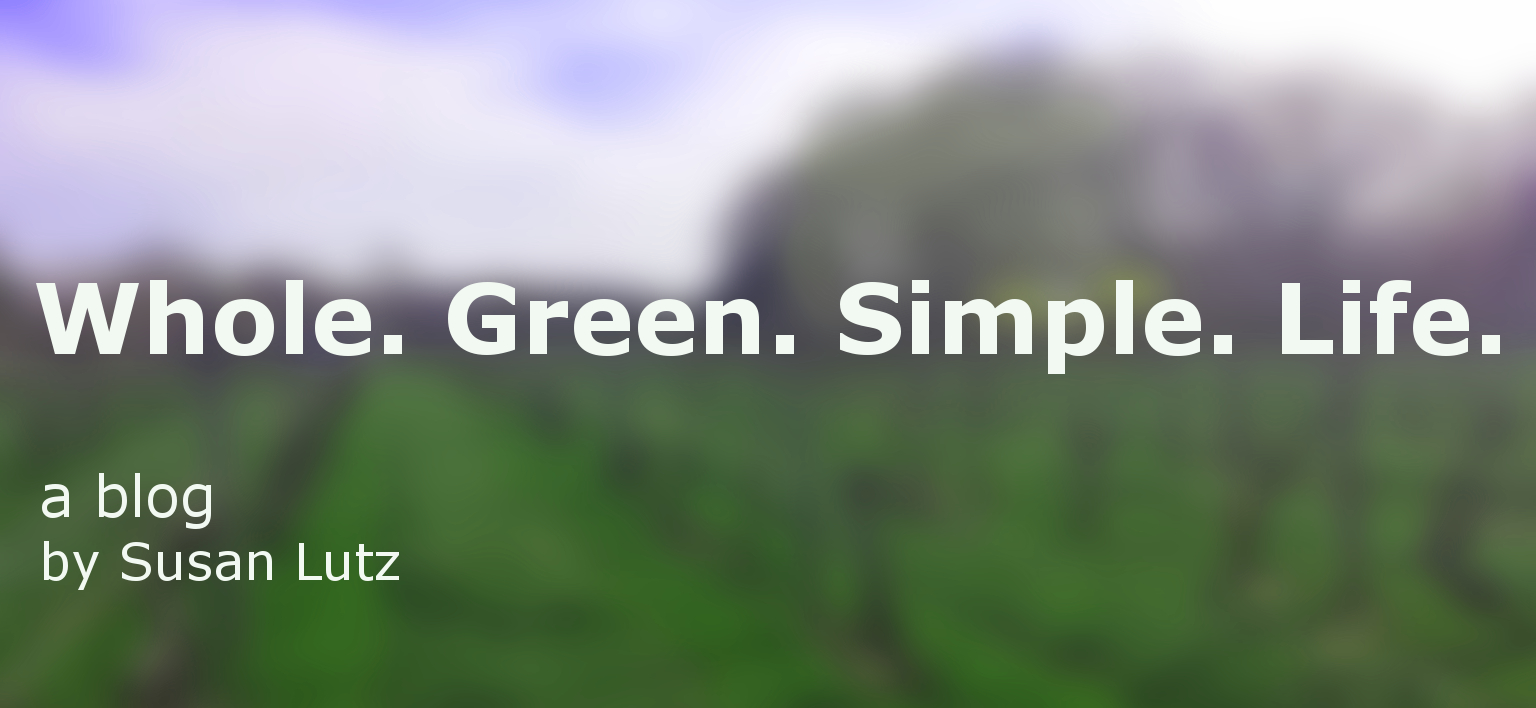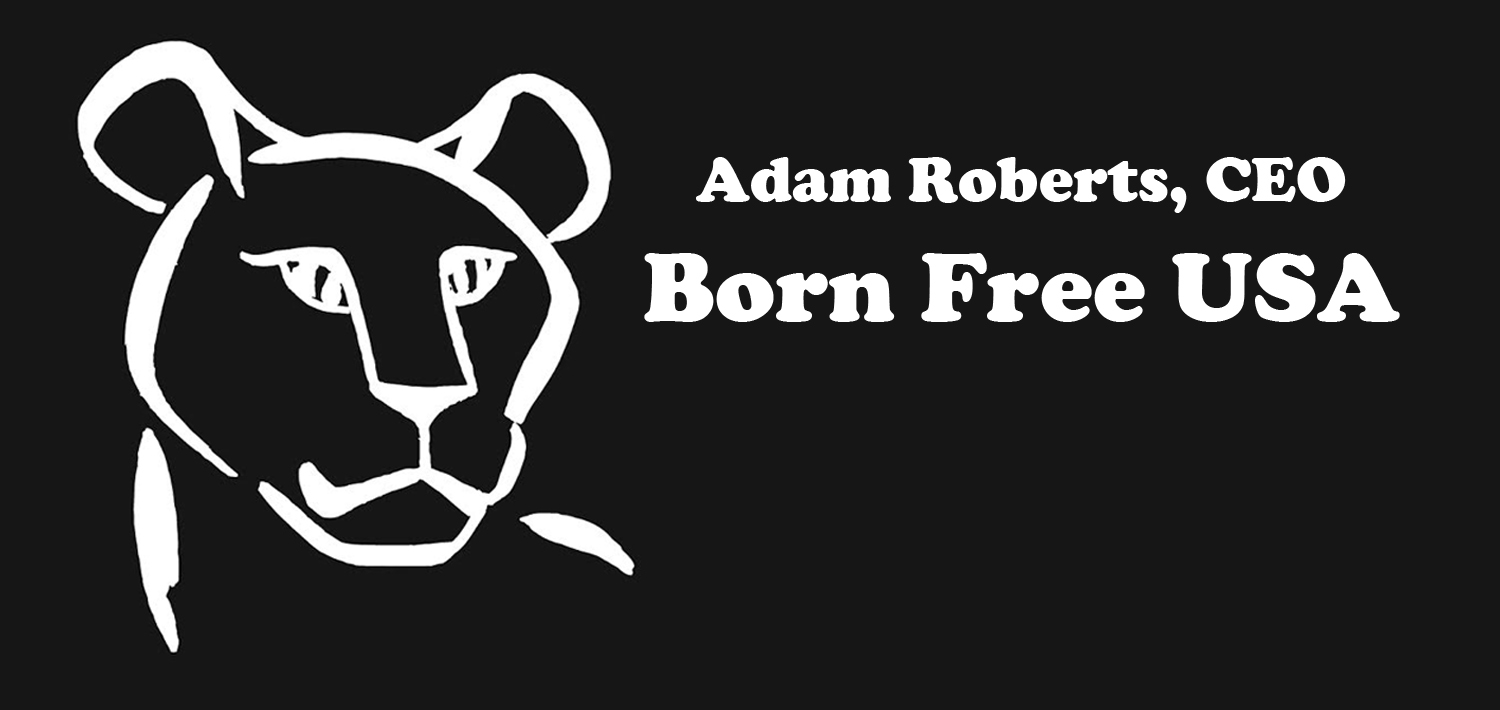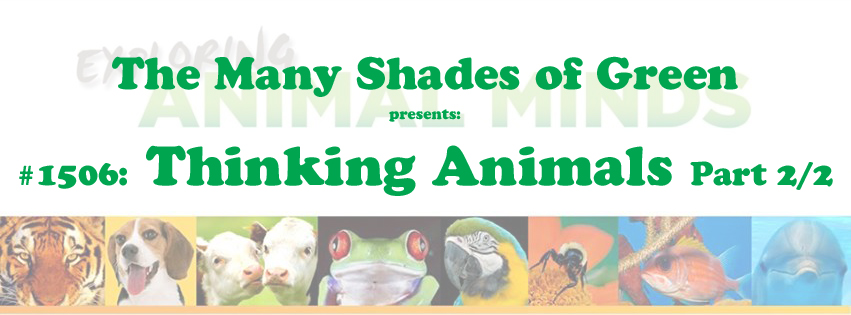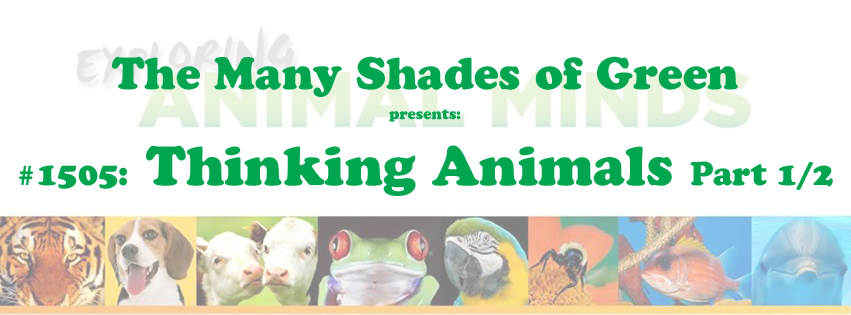There are many layers within the global food system. In a world in which so many people struggle, especially during these pandemic times, it is important to stay healthy, and good nutrition is a big part of health. Not everyone can afford organic produce or farm to table food. According to the Food and Agricultural Organization within the UN, healthy diets are unaffordable for more than 3 billion people, which is approximately 26% of the global population. There is a growing class of food insecurity, and Covid has affected both lower and middle income level families. There are lines at food banks that stretch for miles. So how can we eat healthy on a budget? Courtney will explain how to maintain good nutrition without breaking the bank. Follow Courtney on FaceBook and Instagram @clgwellness. For more shows go to malcolmpresents.com. Tweet us your thoughts @tmshadesofgreen
Category: Vegan
1706 Sugar Detox Me with Summer Rayne Oakes
Plants, Bugs, Sugar Detox Me
On this episode of 50 Shades of Green Divas, Meg and I chat with guest Summer Rayne Oakes about how houseplants and beneficial bugs create a healthy environment in your home. Unless the plant is Seymour from The Little Shop of Horrors, plants are very important as natural air filters, as well as adding color and vibrancy to your house decor. We also talk about her new book Sugar Detox Me, and why it is important to reduce sugar in your diet. So think twice before you swig down that cola or eat that piece of pie. For more information go to homesteadbrooklyn.com and sugardetox.me
#1616: Anti-Poaching Game Changers
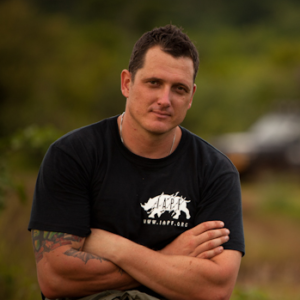 “Green” eco-warriors are working to protect rhinos and elephants, which are on the verge of extinction, as they are killed by poachers for their horns and tusks. My guest this week, Damien Mander, founder of the International Anti-Poaching Foundation, is working to train rangers in the preserves of Africa, via legal and direct tactics, to bring poachers to justice. He is a vegan and believes that animals suffer tremendously when they are raised for consumption, which is also a major contributor to climate change. Damien is starring in a James Cameron film called “The Game Changers”, which you can check out by going to gamechangers.com. For more information on the work of the International Anti-Poaching Foundation, go to iapf.org
“Green” eco-warriors are working to protect rhinos and elephants, which are on the verge of extinction, as they are killed by poachers for their horns and tusks. My guest this week, Damien Mander, founder of the International Anti-Poaching Foundation, is working to train rangers in the preserves of Africa, via legal and direct tactics, to bring poachers to justice. He is a vegan and believes that animals suffer tremendously when they are raised for consumption, which is also a major contributor to climate change. Damien is starring in a James Cameron film called “The Game Changers”, which you can check out by going to gamechangers.com. For more information on the work of the International Anti-Poaching Foundation, go to iapf.org
[soundcloud url=”https://api.soundcloud.com/tracks/282472207″ params=”color=ff5500&auto_play=false&hide_related=false&show_comments=true&show_user=true&show_reposts=false” width=”100%” height=”166″ iframe=”true” /]
COP21
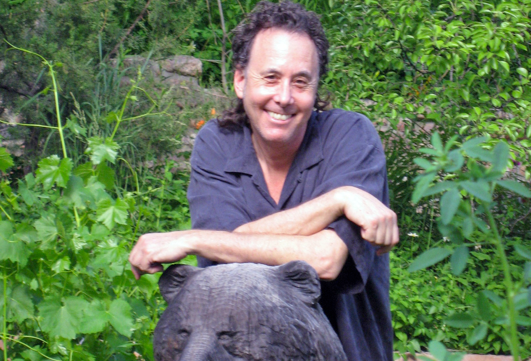
“Between its celebrations of privilege, and the angst of its reckonings, human life gathers unto itself a chaos of contradictions… If we are ceaseless tamperers, we are also from time to time unobtrusive, Though we shout, so may we whisper.” (Michael Charles Tobias, quote from his work, After Eden: History, Ecology and Conscience) My guest this week is Michael C. Tobias, President of Dancing Star Foundation, who is a global ecologist, humanitarian, explorer, author, filmmaker, educator and animal rights activist. 195 nations are set to converge in Paris, a city recently struck by incomprehensible acts of terrorism, for the COP 21 (Conference of Parties), with the hopes of reaching an agreement to to set limits on carbon emissions to reduce the detrimental effects of global warming. Rich and poor nations must gather to form partnerships to be agents of change, rather than agents of destruction. Negative ideology has to be redirected, and ethics, compassion and morality, along with science and technology must lead the way to solutions. For more information go to www.dancingstarfoundation.org
[soundcloud url=”https://api.soundcloud.com/tracks/234709653″ params=”color=ff5500&auto_play=false&hide_related=false&show_comments=true&show_user=true&show_reposts=false” width=”100%” height=”166″ iframe=”true” /]
Science and Slaughter: Are Dissections A Waste?
Do educational institutions face a dilemma in the way animal anatomy is taught in school?
By Michael Kohlberg
Do educational institutions face a dilemma in the way animal anatomy is taught in school? Should animal dissections and vivisections be conducted in Science classes at all? LaGuardia Community College, a CUNY school, says no to cat cadavers, instead replacing them with clay models of humans. It seems, that the areas of debate, lie in 3 main ethical questions which I will describe in this article.
The first is the question of respecting animal rights as they relate to dissections and vivisections. Then comes the question, is animal experimentation necessary for understanding anatomy? In other words, do students learn best by dissecting? Are alternatives like virtual dissections comparable or even superior learning tools? Finally, I will briefly explore broad Sustainability Issues that dissections pose to Society.
America has acknowledged the value in respecting basic animal rights as shown by the Animal Welfare Act, a Federal Act passed by Congress in 1966. In general, this reflects the idea that our Society has adopted some moral standard for respecting the rights of animals. The United States Department of Agriculture puts it best, calling the Animal Welfare Act a “minimum, accepted, standard” of animal treatment “in research, exhibition, and transport”. However, many educated animal lovers believe that this minimum standard is set too low and that not enough is done to enforce existing federal laws.
In Biology classrooms, the animal rights argument is clear. Many of us have pets and therefore very personal and emotional connections with dogs, cats, and maybe even frogs, snakes, or mice. Performing dissections and vivisections on these types of animals can pose moral dilemmas for students taking part. Studies show that many students feel a moral dilemma when taking part in animal dissections. One study, by Arnold Arluke and Frederic Hafferty, interviewed 40 Pre-Medical students about how they felt before, during, and after using a dog as a test subject in the lab. They found that prior to the experiment, there was “widespread uneasiness” regarding moral implications, but during and after, students were able to “neutralize the moral dirty-work”.
This study not only suggests that many feel innately compassionate towards animals, but it suggests that humans have the capacity to subdue that compassion and “learn” desensitization. This raises the question, what do dissections really teach students?Along with anatomy, are our educational institutions teaching humans a lack of compassion for animals? Are we prepared to change our way of thinking about animal dissections if the answer to the previous question is true?
That leads us to our next question. Do today’s students actually learn better by dissecting, or do they learn better by using technology they are familiar with already, such as the computer? Do virtual dissections and vivisections compare as as educational tools? Many students and teachers say yes and site other benefits as well. PETA (People for the Ethical Treatment of Animals) is an animal rights organization that among other things, provides practical knowledge in dissection or vivisection alternatives. Their website has a page with resources dedicated to just this subject. According to the document “Cutting Out Dissections”, studies have shown that computer-based teaching methods saved academic and nonacademic staff time … were considered to be less expensive and an effective and enjoyable mode of student learning [and] … contributed to a significant reduction in animal use” (PETA 2013).
Also, teachers in the United States have been advocating for few dissections. Ten years ago, the National Science Teachers Association (NSTA) amended its official position statement to acknowledge the educational effectiveness of non-animal teaching methods and to support teachers’ decisions to use them as complete replacements for animal dissection (NSTA 2005).
Another example of how effective non-animal anatomy learning can be is the example of LaGuardia Community College. The Cuny Newswire reported that “LaGuardia is one of the first community colleges in the nation where its students will be learning the muscles of the human body not by dissecting cat specimens but by applying clay muscles to a [human] skeletal mannequin.”
“Studying human muscles is one of the hardest and most difficult areas,” said Professor Carol Haspel, “so we are always trying to find ways, mechanisms and pedagogical techniques that assist our students in learning the basics that they need to know. The clay models are a key factor in helping them.” (LaGuardia Community College 2011)
Animal dissections may actually pose a barrier to students’ learning. As researchers find out that more and more students are morally against dissections, the issue becomes worrying for education itself. One study done by Theodora Capaldo on the psychological effects of reluctant, obligated dissection participants indicates that “cognitive abilities may become impaired, resulting in less learning”. The study concludes that their findings, “present a compelling argument for the 100% replacement of the harmful use of animals in education.” (Capaldo 2004)
To shift gears, let’s examine some of the Economic Sustainability issues. In order to asses whether the school would be better off, the costs of dissections must logically be compared to the costs of alternatives, which could vary depending on the type and manner in which they are implemented.
Since animal specimens are expensive for many Biology Departments, we might ask the question will a school that bans dissections and vivisections all together be better off financially? To make sense of this question let’s use a real life example. One specimen retailer, Bio Corporation, sells a class set of 15 cat corpses for $373. Theoretically, if you have 20 lab classes per semester at a University and replace specimens each semester, the cost would be $7,460 per semester on cats alone. That number does not even include any auxiliary equipment, like proper protection, tools, et cetera.
PETA’s informational pamphlet entitled, “ Animal Dissection and Interactive Anatomy Software” factors in many of the auxiliary costs which they total at an additional $759 per five year period accounting for 30 students. In the event that a school keeps their cat specimens for 5 years, PETA calculates a grand total of $3906.05 for a class of 30 students. In the same article, PETA compares the costs of virtual cat dissection, which amounts to $800 per 5 year period of 30 students. Obviously, a university like Brooklyn College has a much higher dissecting student body than 30, so the costs would be significantly higher.
From the data found, it seems that the long run economic viability of switching from perpetual spending, (in our hypothetical example that is $7,460/ Semester) to more fixed spending like dissection software or clay molds, would be a cunning financial move for the Brooklyn College school board to consider.
In Conclusion, the economic costs associated with animal dissections that most students and faculty members might not be aware of are high. Furthermore, the documented psychological stress that many students undergo while performing obligational dissections has led psychological researchers to believe that the practice of dissections and vivisections does not promote learning(Capaldo 2004). Students and teachers have repeatedly advocated for bans on dissections and vivisections since 2005. And basic marginal benefit analysis of switching to dissection alternatives has suggested that the change would be more than cost effective.
Would it not, in theory at least, be more practical, for all, to ban dissections all together?
How Killing a Lion Destroys Our Planet
By Susan Lutz
Tracking a lion for 40 hours must have been exciting. Far from home, stalking the king of beasts in the wilds of Africa, feeling the thrill of not only the hunt, but the exotic power of ruling over animals, taking, leaving the rest to rot must have been exciting. This desire to take, this desire to own, this desire to control is the consciousness that is killing our planet.
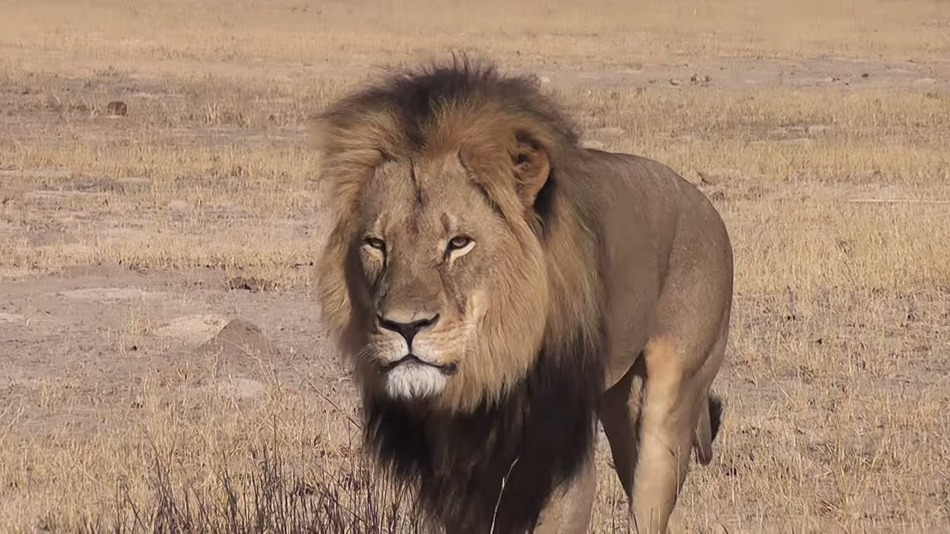 A Minnesota dentist and the men he paid to take him hunting in Zimbabwe are now being sought for questioning. This from CNN:
A Minnesota dentist and the men he paid to take him hunting in Zimbabwe are now being sought for questioning. This from CNN:
“All persons implicated in this case are due to appear in court facing poaching charges,” it said.
Officials said they believed Palmer had paid between $50,000 and $55,000 for the hunt to kill the lion.
We see what we want. We take what we want, often without regard for the effects our choices have on the environment. Killing a lion for thrill is taking for oneself and oneself alone, leaving no regard for life, animal or human. This mentality doesn’t stop with the animal kingdom.
We take by ignoring ramifications. When we purchase products that are made in sweatshops, we mistreat human beings. When we find out there’s a hole in the ozone layer, we claim we didn’t know our choices made a difference.
We take by consuming. We drink water in plastic bottles and toss them after one use; smug in our belief that recycling will take care of it. We pop a K-cup in the machine for a cup of coffee and drink 8 ounces of convenience, leaving behind billions of plastic cups to choke the planet.
We take by selling out. We ignore when politicians pass laws that make it OK to put toxins in our food.
We take by waiting for someone else to do it. For years, activists have tried to ban trophy hunting. We wait for the tragic to motivate us to change.
I searched hard on how to not judge this dentist from Minnesota. I’m from Minnesota. We’re not saints, but there’s this belief that we hold ourselves up to standards. My family hunts. I’ve been surrounded by the climate of hunting since birth, the camouflage, the orange vests, the guns, and the deer hanging from the garage in the cold of the fall. I’ve stood on the sidelines while this ritual, tradition, and sport took place. The hunters I know would be as devastated by this story as I am.
It’s hard to understand that in the entire time this dentist was planning his trip, it never occurred to him it might be wrong. He spent thousands of dollars, traveled thousands of miles, and then tracked the animals for 40 hours. He and his guides skinned the animal and beheaded it. Wasn’t there just one second, one moment, a fleeting thought that perhaps this is wrong? Even if not legally, morally?
I lived in a foreign country. I understand the lure of another country. Seeing the tropics, or the jungle, or the rainforest, or an animal in its habitat is exciting. It truly is interesting, educational, and enlightening to see and experience another land and culture. Tourism helps many countries. It’s critical to many economies. Yet, there are those who go take, forget, and ignore the ramifications of their actions. We’ve watched tourists climb mountains and take pictures naked for the sake of an interesting shot to put on social media. In Central America and other countries, many tourists travel for cheap sex, including with children. This is the mentality of take. Take for me – I don’t care about the rest.
I feel a deep sadness for the final hours of this regal animal, walking to his slow death in pain, suffering. I feel sadness for the country that lost a true, breathing, wonderful part of their culture. I feel sadness for the cubs left behind, the destruction and disorder inflicted by man on their pride. I even feel sadness for this dentist. In the time he spent hunting this animal down for sport, he lost time, time he can never take back. He does have a chance to change things. In the hours to come, in the actions he takes, he has the opportunity to give back instead of taking and find a way to make amends.
We’re meant to take. The cycle of life is giving and receiving. Yet, we must understand that we have a responsibility to act with care in how we take and be sure in all we receive, we are giving back.
#1520: Adam Roberts, CEO of Born Free USA
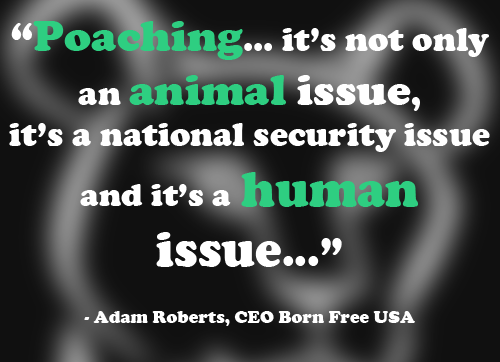 This week’s show takes us to jungles, plains, back lots and road shows to focus on animal welfare and the need for wildlife protection. My guest, Adam Roberts, CEO of the organization Born Free USA, and I discuss the plight of elephants and lions and what is causing them to be endangered. We also talk about the cruelty and neglect of Exotic pets, and the treatment of animal actors in circuses, film and TV. Lions may be sleeping, but we need to ROAR to save them. For more information go to BornFreeUSA.org.
This week’s show takes us to jungles, plains, back lots and road shows to focus on animal welfare and the need for wildlife protection. My guest, Adam Roberts, CEO of the organization Born Free USA, and I discuss the plight of elephants and lions and what is causing them to be endangered. We also talk about the cruelty and neglect of Exotic pets, and the treatment of animal actors in circuses, film and TV. Lions may be sleeping, but we need to ROAR to save them. For more information go to BornFreeUSA.org.
#1520: Adam Roberts, CEO of Born Free USA by The Many Shades Of Green on Mixcloud
#1517: 2015 NYC Vegetarian Food Festival
 Be Kind to Animals, Don’t Be Cruel, Eat Your Veggies. All these phrases come together on this week’s program, as we celebrate vegetarian cuisine and cruelty free living at the New York City Vegetarian Food Festival. We spoke with Zoe Weil, Co-founder and president of the Institute for Humane Education, Nora Kramer, Founder and Executive Director of YEA (Youth Empowerment Action) Camp, Annie Hauck Lawson, Founder of Brooklyn Mompost, Susan Hargreaves, Founder of Animal Hero Kids, and Isis Phillips, Executive Director of Indy Kids. It was a pleasure speaking with all this dynamic and amazing women, who do so much to make the world a better place. For more information on these organizations go to humaneeducation.org, solutionaryschoolnyc.org, yeacamp.org, brooklynmompost.org, animalherokids.org, indykids.org and nycvegfoodfest.com
Be Kind to Animals, Don’t Be Cruel, Eat Your Veggies. All these phrases come together on this week’s program, as we celebrate vegetarian cuisine and cruelty free living at the New York City Vegetarian Food Festival. We spoke with Zoe Weil, Co-founder and president of the Institute for Humane Education, Nora Kramer, Founder and Executive Director of YEA (Youth Empowerment Action) Camp, Annie Hauck Lawson, Founder of Brooklyn Mompost, Susan Hargreaves, Founder of Animal Hero Kids, and Isis Phillips, Executive Director of Indy Kids. It was a pleasure speaking with all this dynamic and amazing women, who do so much to make the world a better place. For more information on these organizations go to humaneeducation.org, solutionaryschoolnyc.org, yeacamp.org, brooklynmompost.org, animalherokids.org, indykids.org and nycvegfoodfest.com
#1517: 2015 NYC Vegetarian Food Festival by The Many Shades Of Green on Mixcloud
5 Ways to Slash Your Organic Food Costs
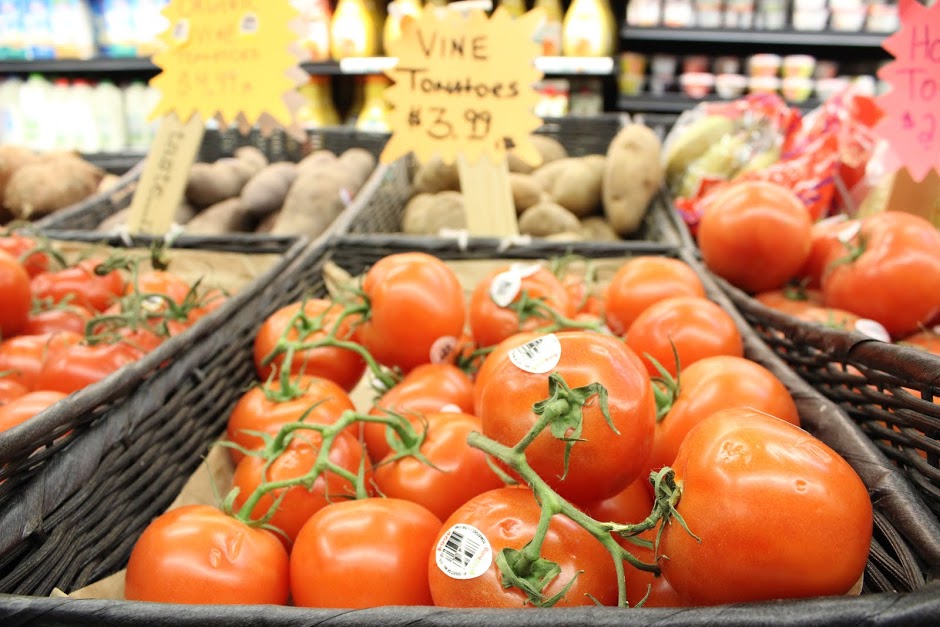
By Mikey Kohlberg
Today, I will be discussing how to cheaply feed yourself and your family without skimping on food and endangering everyone and the environment. If you have kids, you may have thought about feeding them wholesome and chemical-free food, but it is not always the cheapest or easiest lifestyle to live. However, there are cheap and easy alternatives to certain overpriced organic products. I will draw mostly from my personal experience eating budgeted organic food in order to break down some simple steps to cutting organic food costs.
1. Join a Buying Club
No, this is not only for restaurants and retail grocery stores. Individual people can pool together in order to buy wholesale organic food that is much cheaper than what you can purchase at the store. Check out UNFI’s buying club and sign up for one today. Plus, this is a great way to get to know your organic and local food eating community.
2a. DIY Organic Rice Milk
If you are lactose intolerant or just enjoy a non-dairy alternative to milk, this could help you slash your organic food expenses. For a reference point, a 32 oz. carton of Rice Dream would normally cost you around $3.22. You can easily find Lundberg’s Short Grain Brown Rice for about $2.30/lb in the bulk section of most health food stores, and this will yield much more than 32 oz. of rice milk. Believe it or not, that is pretty much all you need for quality rice milk. There are many recipes out there and I encourage you to check them out. Also, have no fear of being creative and adding new flavours or sweeteners to suit your needs. I like this recipe a lot because toasting the brown rice adds a nice touch to the end product. Enjoy!
2b. DIY Organic Tortillas
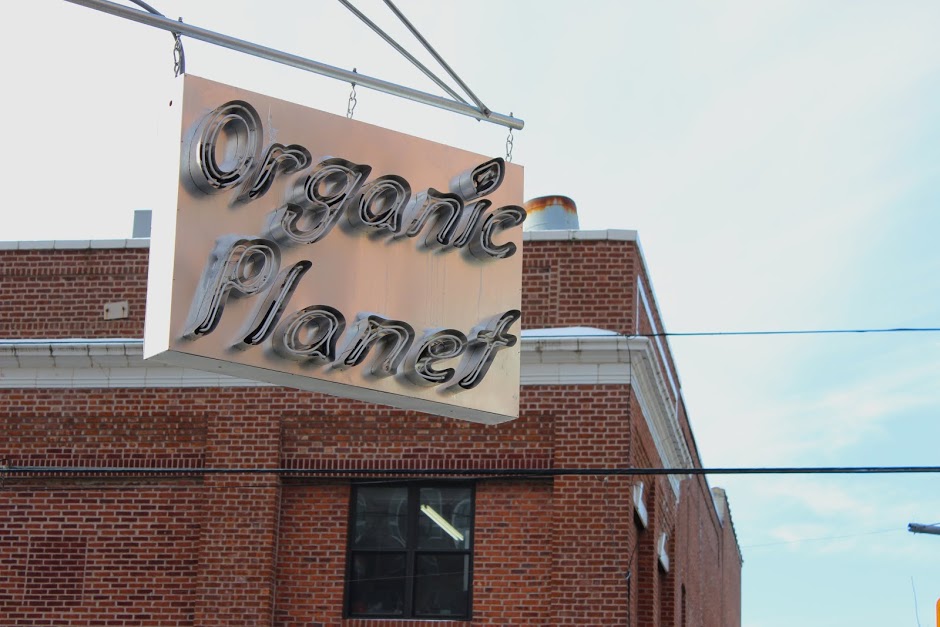
Now, if you are someone who buys packs of tortillas at a time, you may be surprised to know that you could be getting an organic version of this product for a pretty low price. Although companies like Mi Rachito have nearly perfected the art of packaged organic tortillas for around $3.00/bag, each containing around 7-12 tortillas, nothing beats the price and flavour of homemade corn tortillas. You can buy Organic Masa Harina to make your own for anywhere between $3-7.00/lb depending on purchasing quantity. One pound of masa harina will yield anywhere between 15-20 tortillas. So, if you want to impress your friends (or yourself) and make delicious, low cost organic tortillas, make your own with a recipe like this one!
3. Buy “Secondary Cuts” from Local Butcher
Instead of buying pre-cut chicken breast or thighs, save money by buying the whole carcass. It is not hard to take the extra 30 seconds to cut off the wings or breast yourself. Plus, you can explore making soups and stocks with leftover bones and undesirable parts of the animal. For Secondary red meat cuts, check out this link for more info.

4. Use your Freezer/Pickle Things
If you have extra food that may go bad, freeze it. Also, if you have produce that might not be disgusting pickled, learn how to pickle it. It may be a fun activity for family or friends.
5. Buy in Bulk/Buy Local
This should be obvious to everyone, but I will explain it anyway. Usually, the more of something you buy, the cheaper per pound it will be, so you can save there.
Also, try to buy seasonal vegetables, nuts and fruit in bulk as well. Often times, especially in the summer, certain crops like heirloom tomatoes will be significantly cheaper than they are in the winter since they thrive in the heat and don’t have to be grown indoors or shipped across the globe to get to you. Stock up on those items while they are in season if you like saving money and eating nutritious, earth-friendly food. You can always make something out of excess seasonal food and freeze it for later or for winter.
I hope this helps some of you slash your organic food bill. If you have comments or questions, please let us know! Until next time. Stay Green!
#1506: Thinking Animals part 2/2
 Many species are in decline because of climate change. In Part 2 of our talk with Bonnie Wyper, President and Executive Director of Thinking Animals, we discuss what actions can be taken to help stop the destruction of animal habitats due to urban sprawl, air and water pollution, as well as poaching (especially in the ivory trade). Big Ag farms treat animals with little regard to their emotional feelings. Cattle, chickens and pigs are penned up and/or caged with no room to move around, and are led to slaughter in cruel and inhumane conditions. There are ways to change our behavior to stop the destruction of animal habitats, and to work to make life better for the non-human creatures who inhabit the Earth. As humans, we must do better, and we must create a world fit for all the inhabitants of the planet. Conservation is key to making that happen. Go to thinkinganimals.org to find out how you can help.
Many species are in decline because of climate change. In Part 2 of our talk with Bonnie Wyper, President and Executive Director of Thinking Animals, we discuss what actions can be taken to help stop the destruction of animal habitats due to urban sprawl, air and water pollution, as well as poaching (especially in the ivory trade). Big Ag farms treat animals with little regard to their emotional feelings. Cattle, chickens and pigs are penned up and/or caged with no room to move around, and are led to slaughter in cruel and inhumane conditions. There are ways to change our behavior to stop the destruction of animal habitats, and to work to make life better for the non-human creatures who inhabit the Earth. As humans, we must do better, and we must create a world fit for all the inhabitants of the planet. Conservation is key to making that happen. Go to thinkinganimals.org to find out how you can help.
#1505: Thinking Animals part 1/2
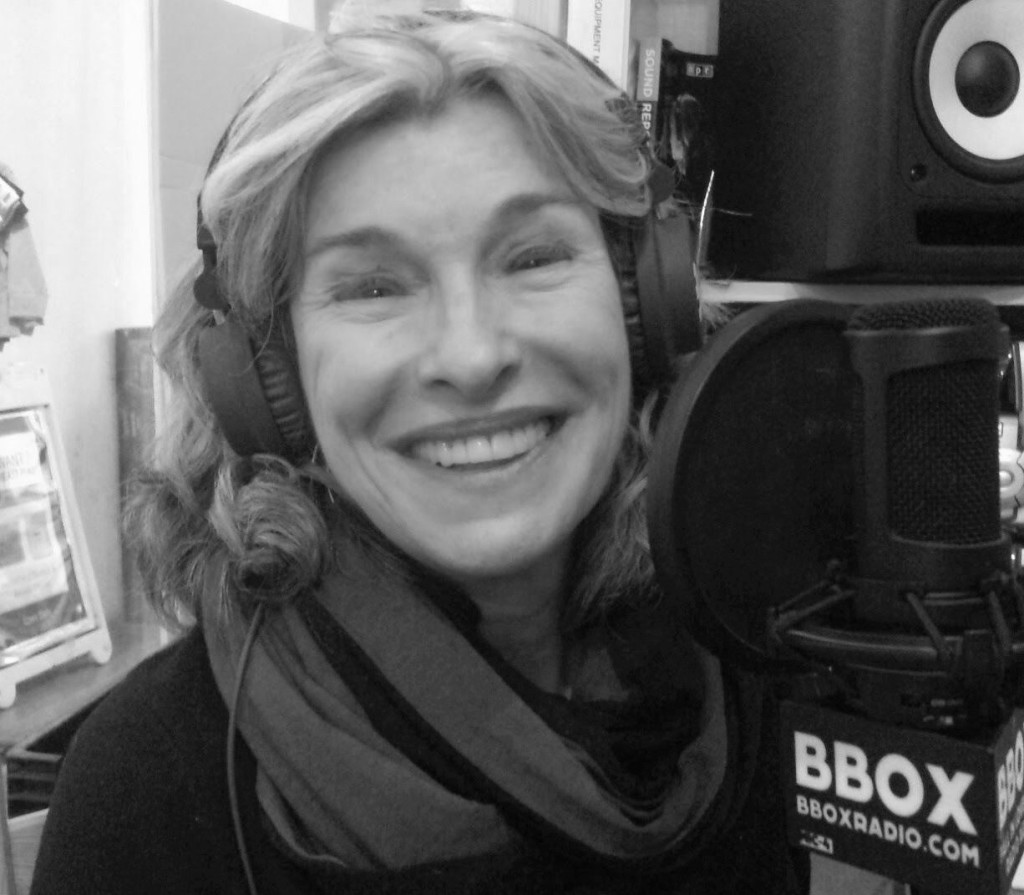 If we could talk to the animals, just imagine it, chatting to a chimp in chimpanzee, imagine talking to a tiger, chatting to a cheetah, what a neat achievement that would be. In Part 1 of my talk with Bonnie Wyper, President and Director of Thinking Animals, we delve into the topic of animal behavior and cognition. Charles Darwin once said that “Evolution is not just the physical body, but our emotional sides as well.” Bonnie and I discuss how animals experience joy, stress, thought and nuance, and are more complex than humans know. Most humans think of themselves as superior beings, and species are being decimated because of that thought process. We need to step up and treat all creatures humanely. For more information go to thinkinganimals.org
If we could talk to the animals, just imagine it, chatting to a chimp in chimpanzee, imagine talking to a tiger, chatting to a cheetah, what a neat achievement that would be. In Part 1 of my talk with Bonnie Wyper, President and Director of Thinking Animals, we delve into the topic of animal behavior and cognition. Charles Darwin once said that “Evolution is not just the physical body, but our emotional sides as well.” Bonnie and I discuss how animals experience joy, stress, thought and nuance, and are more complex than humans know. Most humans think of themselves as superior beings, and species are being decimated because of that thought process. We need to step up and treat all creatures humanely. For more information go to thinkinganimals.org
#1503: Raising Veg Kids
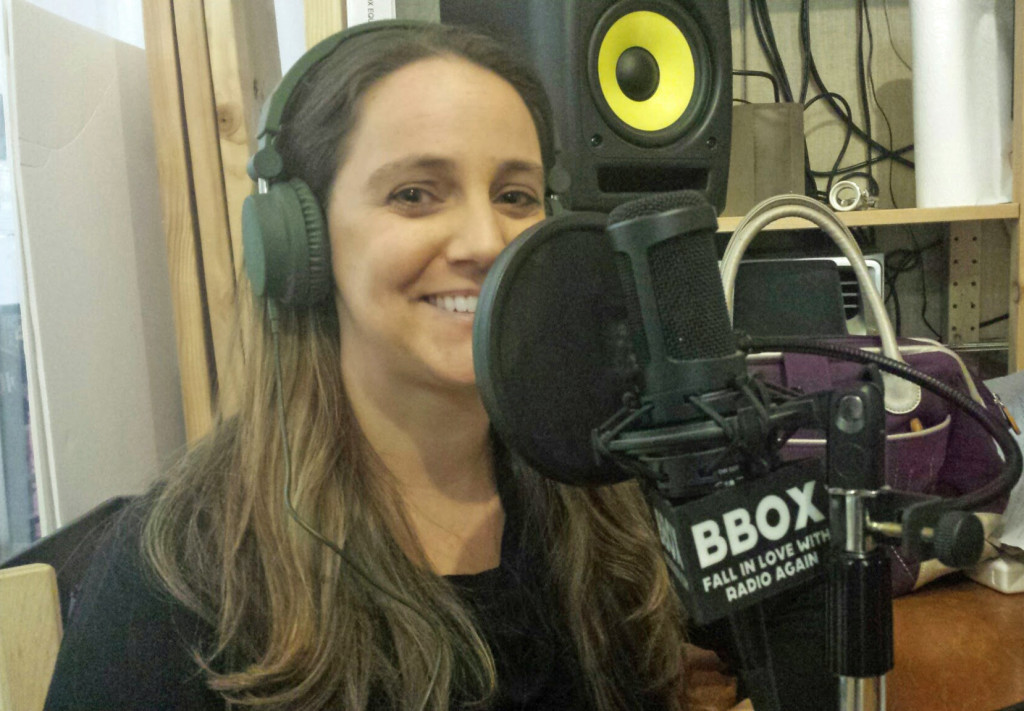 My guest this week is Robyn Moore, creator of RaisingVegKids.com and Family Coordinator for Education for the Solutionary School, which is set to open in NYC in 2016. Education is the key to preparing students to be more ethical and humane, as our culture needs to create problem solvers and thinkers. Part of that process is teaching children and their parents to be stewards of the planet, and to eat a cleaner, more plant based diet, which will lead to a healthier society. Whether vegan, vegetarian, or paleo, balance is an essential part of eating and living. For more information go to raisingvegkids.com and humaneeducation.org
My guest this week is Robyn Moore, creator of RaisingVegKids.com and Family Coordinator for Education for the Solutionary School, which is set to open in NYC in 2016. Education is the key to preparing students to be more ethical and humane, as our culture needs to create problem solvers and thinkers. Part of that process is teaching children and their parents to be stewards of the planet, and to eat a cleaner, more plant based diet, which will lead to a healthier society. Whether vegan, vegetarian, or paleo, balance is an essential part of eating and living. For more information go to raisingvegkids.com and humaneeducation.org

